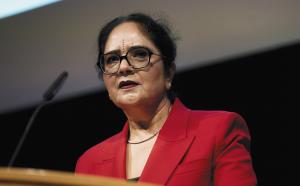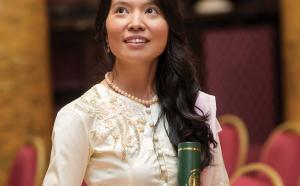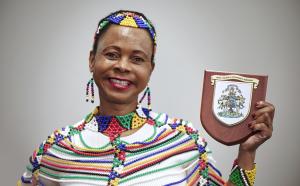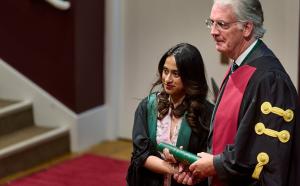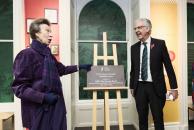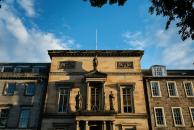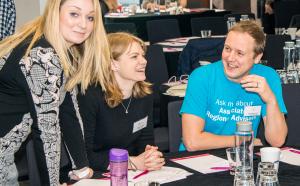
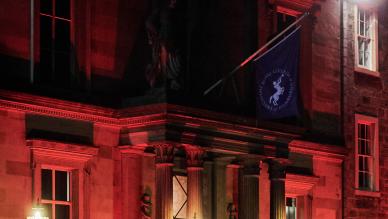
Bonnie Prince Charlie’s Physician’s medicine chest to be exhibited in new touring exhibition
05 September 2022
The medicine chest of Bonnie Prince Charlie’s personal physician, used at the Battle of Culloden, will be featured for the first time as part of a new public exhibition, “Remote and Rural Remedies”.
The exhibition by the Royal College of Physicians of Edinburgh (RCPE), which covers 600 years of medicine in the Highlands and Islands, will begin on 16th September.
This is a touring exhibition, which will initially run at the Gairloch Museum before moving to Castletown Heritage Centre in Caithness. The exhibition is also available for loan to any museums, galleries, libraries and other public bodies who are interested in borrowing it.
Also on display will be the original handwritten survey responses from ministers and doctors across the Highlands and Islands from the 1850s detailing the poverty, sickness and deprivation caused by the potato famine and Highland Clearances.
The Highlands and Islands of Scotland hold a unique place in medical history. Expansive geography, famine and economic instability combined to create precarious living circumstances for both physicians and patients. This exhibition explores the changes which have taken place in Highland medicine over 500 years. It uncovers the stories behind Jacobite medicines, local healers and famed Celtic physicians such as The Beatons.
Geographical isolation meant that many medical recipes needed to be adapted to include locally available ingredients, including seaweed and fish oil. The Highlands were also viewed as a potential source of income for charlatans and an influx of travelling quacks- unqualified people who claimed medical knowledge- from the Lowlands streamed across the Highlands in the 1700s and 1800s.
Dr Daisy Cunynghame, curator of “Remote and Rural Remedies”, said:
Medicine in the Highlands and Islands is often treated one-dimensionally – as simple a story about folk remedies and strange rituals. We made sure when we were developing this exhibition that we looked beyond that, and we’re excited to have uncovered stories about some really important people, and discoveries, in the history of Highland medicine.
The best example of this is undoubtedly the medicine chest on display which was used at the Battle of Culloden – it belonged to Stuart Threipland, a past president of the Royal College of Physicians of Edinburgh and physician to Bonnie Prince Charlie. Threipland is definitely one of our stand-out presidents.
The medicine chest shows traditional medicine of the 1700s with a Highland twist – it includes medicines made from beetles, from beaver anal glands and from turpentine. The Highlands and Islands influenced, and in turn was influenced by, developments elsewhere in Europe. This medicine chest, and the rest of the exhibition, celebrates the uniqueness and the interconnectedness of the history of medicine in the Highlands and Islands.
ENDs…

